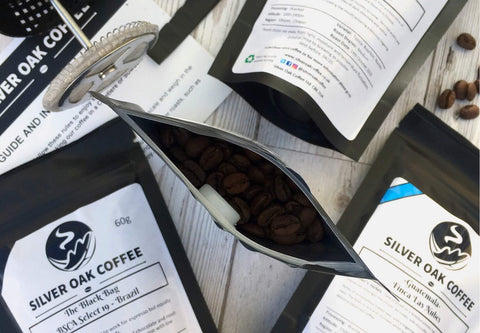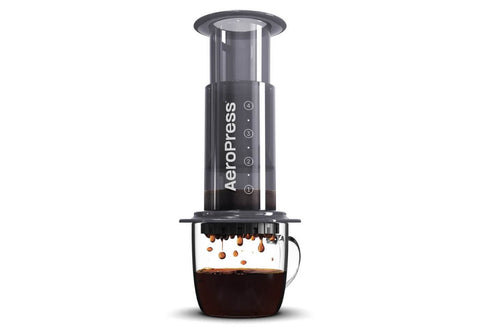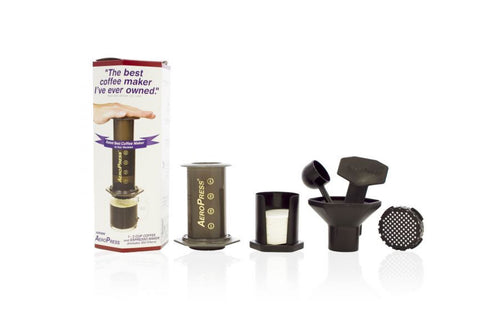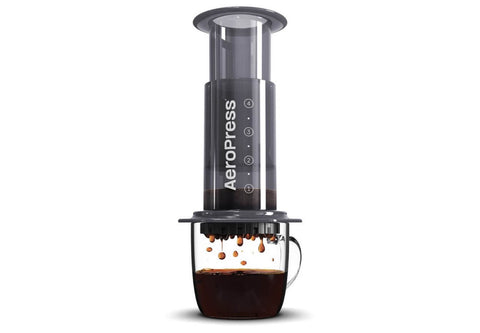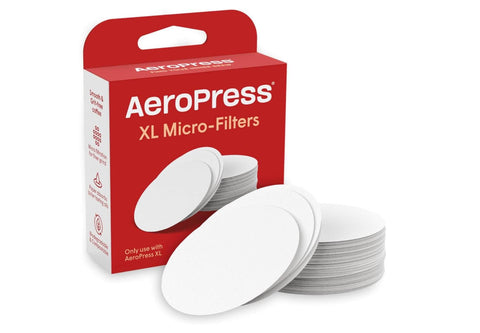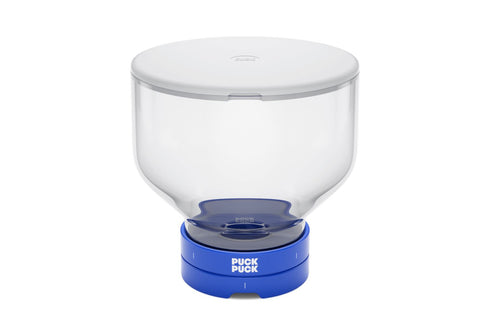Order by 11am Monday, Wednesday, Friday for same day roasting and shipping
Order by 11am Monday, Wednesday, Friday for same day roasting and shipping
Digital Gift Card
The perfect gift for any coffee enthusiast, whether they are a casual drinker or a true aficionado. We offer convenient gift vouchers in amounts of £10, £20, £30, £50 and £100.


















